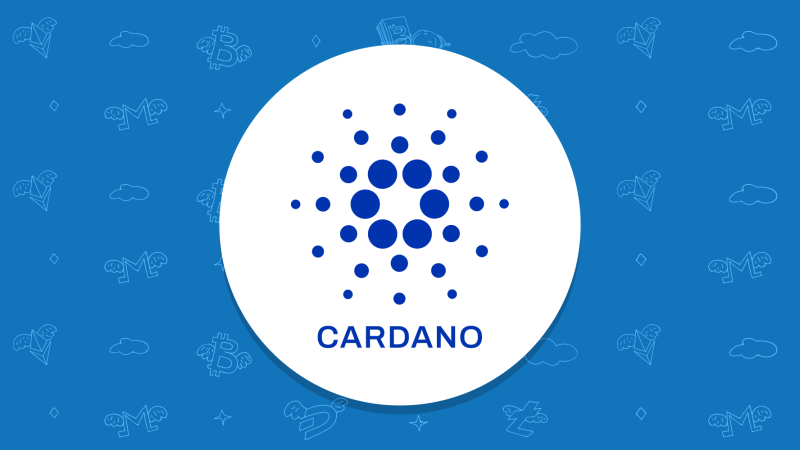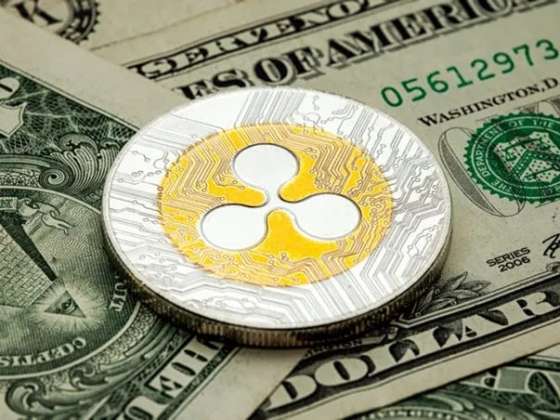Introduction to Cardano: In the dynamic world of cryptocurrencies, Cardano has emerged as a prominent blockchain platform, offering innovative solutions for scalability, interoperability, and sustainability. Founded by Charles Hoskinson, one of the co-founders of Ethereum, Cardano aims to provide a secure and scalable infrastructure for building decentralized applications and smart contracts. In this comprehensive guide, we’ll explore everything you need to know about Cardano (ADA), including its history, features, advantages, and a detailed analysis of its price history.
- The Genesis of Cardano: Cardano was conceptualized by Charles Hoskinson, who envisioned a blockchain platform that could address the scalability, interoperability, and sustainability challenges faced by existing cryptocurrencies. In 2015, Hoskinson co-founded Input Output Hong Kong (IOHK), a blockchain research and development company, to spearhead the development of Cardano. The project was officially launched in 2017, with the goal of providing a secure and scalable platform for building decentralized applications and smart contracts.
- How Cardano Works: At its core, Cardano is a third-generation blockchain platform that utilizes a layered architecture to achieve scalability, interoperability, and sustainability. The platform is built on a proof-of-stake (PoS) consensus mechanism, which enables efficient transaction processing and network security. Cardano’s layered architecture consists of two main layers: the Cardano Settlement Layer (CSL) and the Cardano Computation Layer (CCL). This separation of layers allows for greater flexibility and scalability while maintaining security and decentralization.
- Key Features of Cardano: Cardano offers several key features that distinguish it from other blockchain platforms, including:
- Ouroboros Consensus Protocol: Cardano’s PoS consensus mechanism, known as Ouroboros, is designed to be secure, scalable, and energy-efficient. Ouroboros uses a rigorous mathematical approach to ensure the integrity and security of the network, making it resistant to attacks and manipulation.
- Layered Architecture: Cardano’s layered architecture allows for the separation of concerns between the CSL and CCL layers, enabling greater scalability, interoperability, and flexibility for developers and users.
- Formal Verification: Cardano incorporates formal methods and rigorous testing procedures to ensure the correctness and security of its smart contracts and protocols. This approach reduces the risk of bugs, vulnerabilities, and security breaches, enhancing the reliability and trustworthiness of the platform.
- Sustainability: Cardano’s governance model and treasury system enable community-driven decision-making and funding for protocol upgrades, development initiatives, and ecosystem growth. This sustainable funding mechanism ensures the long-term viability and growth of the Cardano ecosystem.
- Advantages of Cardano: Cardano offers several advantages over traditional blockchain platforms and cryptocurrencies, including:
- Scalability: Cardano’s layered architecture and PoS consensus mechanism enable high transaction throughput and scalability, making it suitable for a wide range of applications, including decentralized finance (DeFi), gaming, and supply chain management.
- Interoperability: Cardano’s focus on interoperability allows for seamless communication and exchange of data and assets between different blockchain networks and protocols, enabling greater flexibility and innovation for developers and users.
- Sustainability: Cardano’s governance model and treasury system provide a sustainable funding mechanism for protocol upgrades, development initiatives, and ecosystem growth, ensuring the long-term viability and success of the platform.
- Security: Cardano’s rigorous approach to formal verification and protocol design enhances the security and reliability of its smart contracts and protocols, reducing the risk of bugs, vulnerabilities, and security breaches.
- Cardano Price History: Since its launch, Cardano has experienced significant price fluctuations, reflecting its growing adoption and market demand. Here’s a brief overview of Cardano’s price levels from its inception to the present day:
- September 2017: Cardano is launched with an initial price of around $0.02 per ADA token.
- January 2018: Cardano experiences a price surge, reaching an all-time high of over $1 per ADA token amid the peak of the cryptocurrency bull market.
- March 2020: Cardano’s price retraces from its all-time high, consolidating around the $0.04 mark as market volatility ensues.
- Present Day: As of March 12th, 2024, Cardano’s price hovers around $0.73 per ADA token, reflecting its position as one of the top cryptocurrencies by market capitalization.
Cardano (ADA) has emerged as a leading blockchain platform, offering innovative solutions for scalability, interoperability, and sustainability. Founded by Charles Hoskinson in 2017, Cardano aims to provide a secure and scalable infrastructure for building decentralized applications and smart contracts. With its layered architecture, PoS consensus mechanism, and focus on formal verification and interoperability, Cardano is poised to play a significant role in shaping the future of blockchain technology and decentralized finance (DeFi). Despite facing challenges and competition within the cryptocurrency space, Cardano continues to garner widespread adoption and recognition as a promising blockchain platform with vast potential for growth and innovation.







